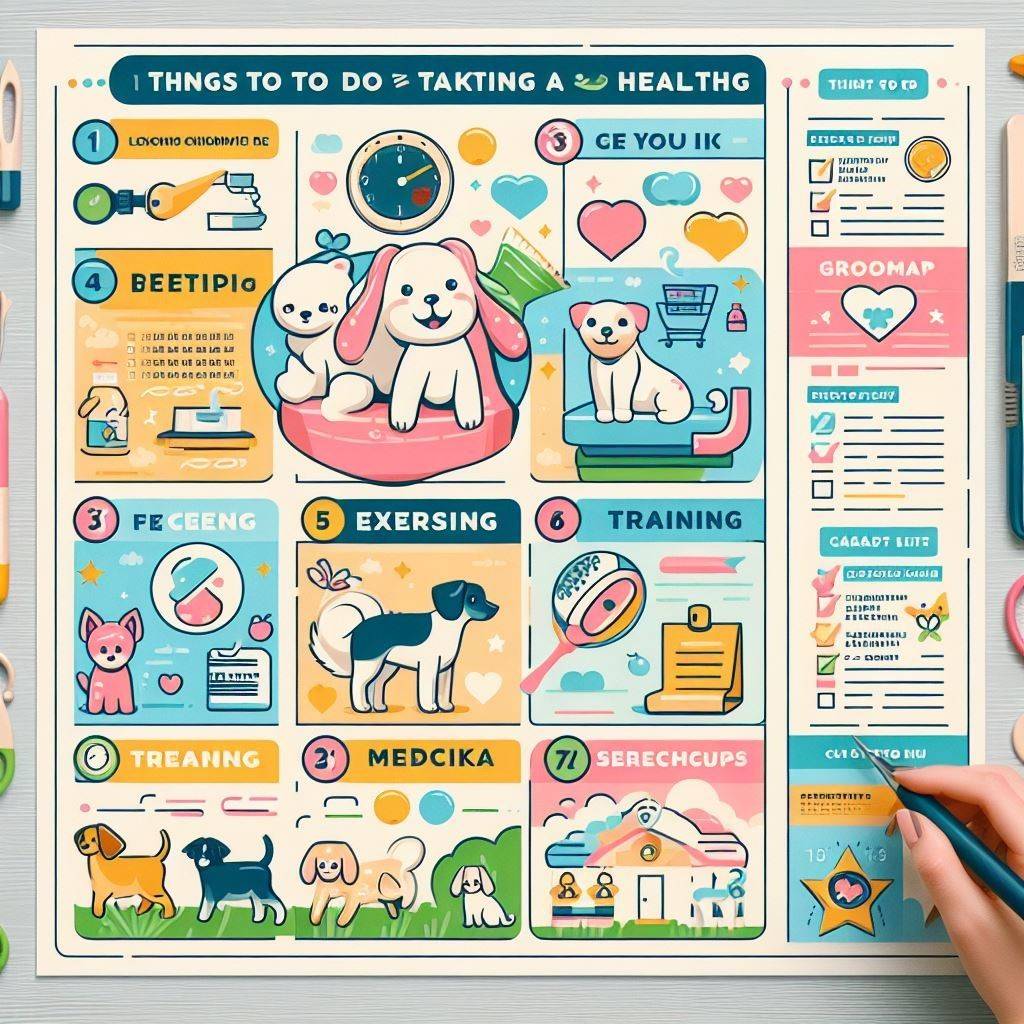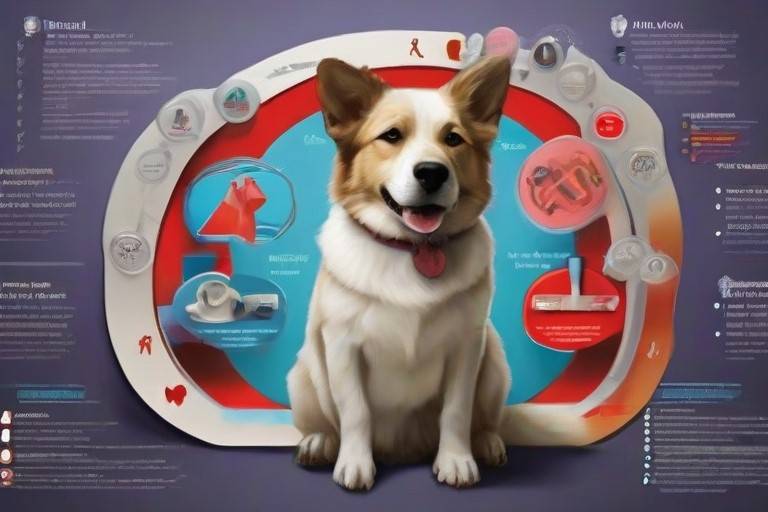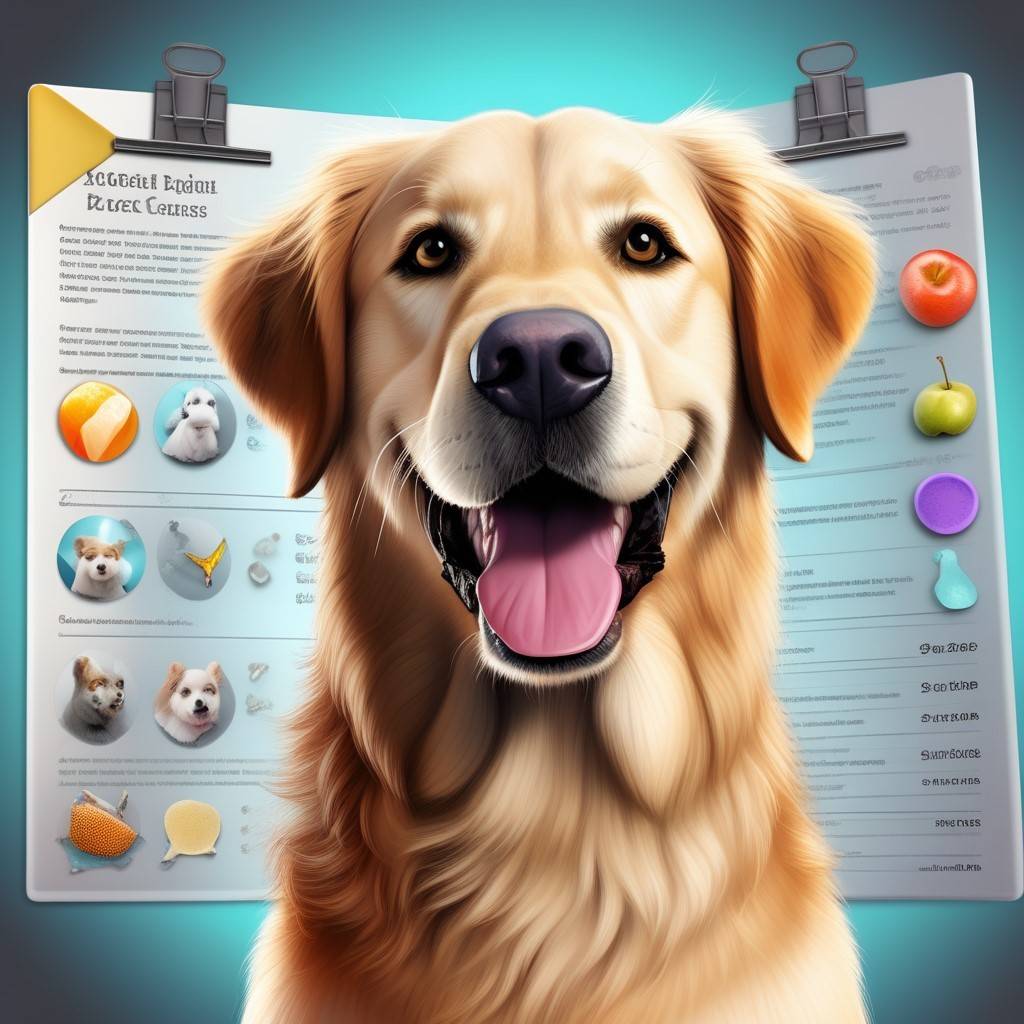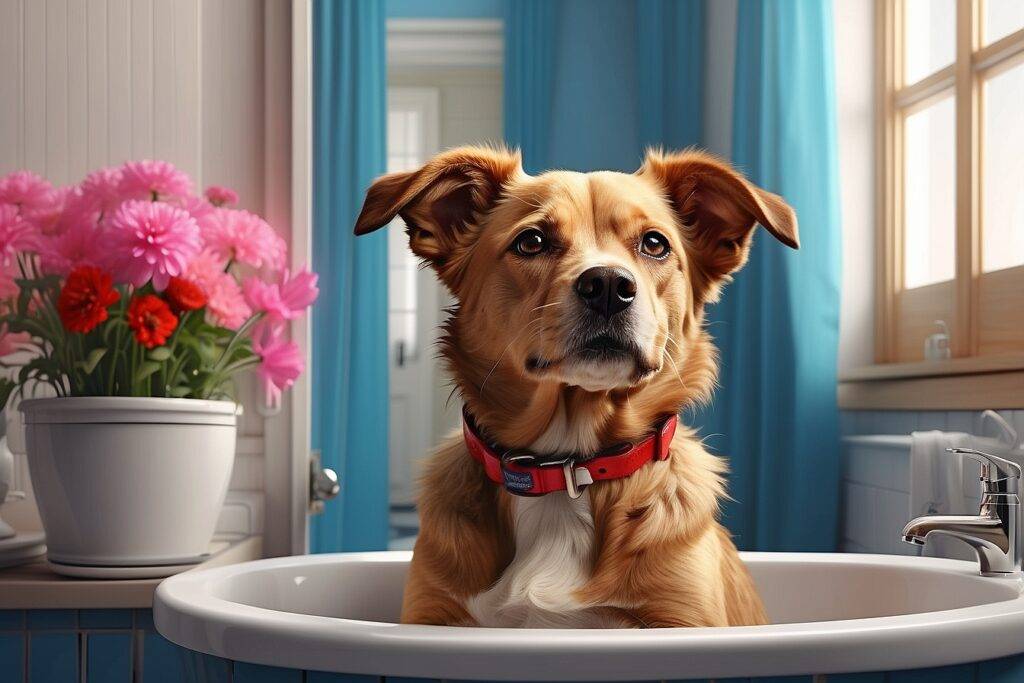Dog Health Checklist: A Tail-Wagging Guide to Wellness
Keeping your furry friend healthy and happy should be a top priority for any dog owner. However, remembering everything that contributes to canine care can be challenging. That’s why having a reliable dog health checklist is so useful! This article will provide a customizable checklist covering diet, exercise, well-being, grooming, veterinary care, and more. Read on for tips to create a comprehensive plan for supporting your pup’s well-being.
Key Takeaways for Your Dog Health Checklist

| Category | Action Items |
| Nutrition | High-quality food, proper portions, and freshwater are always available |
| Exercise | Daily walks and playtime, enriching toys |
| Grooming | Brushing, nail trimming, dental hygiene |
| Veterinary | Annual visits, vaccinations, preventatives |
| Safety | Pup-proof home, ID tag, leash walking |
Why You Need a Dog Health Checklist

Keeping up with all the elements of dog health can feel like a full-time job. Ensuring they get adequate exercise, nutrition, mental stimulation, and medical care while maintaining safety takes diligent effort. Without a plan of action in place, it’s easy to let things slip through the cracks.
Common areas that tend to be neglected include:
- Forgetting heartworm and flea preventatives
- Stretching out time between vet checkups
- Not noticing subtle diet or behavior changes
- Letting nails get too long between trims
- Slacking on play sessions and walks
That’s why implementing a comprehensive dog health checklist is so useful for busy owners. You can customize it based on your pup’s specific needs across all aspects of canine wellness.
So, where do you begin when making your checklist?
Creating Your Dog’s Health Checklist

Follow this framework when building out various categories to include on your pup’s check-in list:
Nutrition
- Feed high-quality food for dog’s ages and sizes
- Provide measured portions at consistent times
- Ensure fresh water is always available
- Monitor appetite and stool
- Avoid unhealthy human scraps/foods
- Track monthly costs
Exercise & Enrichment
- Take on daily walks
- Have regular active play sessions
- Set aside downtime for belly rubs & bonding
- Offer a variety of engaging, stimulating toys
- Practice training cues to exercise the mind
- Take periodic trips to the dog park
Grooming & Hygiene
- Give regular brushings based on coat type
- Check and trim nails every 2-3 weeks
- Clean eyes/ears gently when dirty
- Brush teeth or use dental chews
- Bathe occasionally using gentle dog shampoo
- Monitor for hot spots, rashes, skin irritation
- Schedule annual haircuts if needed
Veterinary Care
- Get an annual well-visit checkup
- Keep vaccines up to date
- Give monthly heartworm and flea prevention
- Screen for parasites via fecal exam
- Discuss neutering/spaying if applicable
- Have a chip and ID tag for identification
Safety Practices
- Puppy-proof house by removing hazards
- Leash walk and avoid off-leash parks
- Ensure collar, leash, and tags are secure
- Train solid recall command
- Learn canine first aid basics
- ID signs of illness requiring a vet
- Keep emergency vet contacts handy
Use this framework as a starter, then add more detailed tasks under each category pertinent to your dog’s needs and lifestyle factors.
Next, let’s learn specific tips and tricks for implementing your dog’s health checklist like a pro.
Tail-Wagging Tips for Using Your Dog Health Checklist

Follow these expert tips for getting the most out of your pup’s new dog health checklist:
Hang it proudly
Print out your checklist and display it prominently on the fridge or bulletin board so it stays top of mind. Or snap a photo on your phone for on-the-go reference. Just be sure you can quickly access it!
Select a lead coordinator.
If multiple members of the household care for the dog, choose one person to oversee managing the checklist. But get everyone on board to fulfill action items.
Set reminders for key tasks
Plug due dates for time sensitive tasks like administering flea meds or heartworm pills into your calendar or set phone alarms. You’ll get an automatic notification when action is required.
Take notes during vet visits.
Have your checklist handy during annual checkups to record weight changes, new diet information, dates of vaccines given, or health conditions to watch. This info will help you stay on track once home.
Do mini-training sessions
Use 5-10 minutes of downtime throughout the day to brush up on commands like sit, stay, and shake. Mental stimulation from training prevents boredom and reinforces human bonds.
Prep monthly care packages
Get supplies your pup will need for the upcoming month, like shampoos, dental chews, and even new toys. This makes fulfilling checklist items each week even smoother.
Using these pro tips will help you implement your new dog health checklist seamlessly into your regular caretaking responsibilities. But what should you do if your dog requires specialized medical treatment?
Adjusting Your Dog Health Checklist for Special Needs
If your dog has chronic health conditions or disabilities or requires medication, extra diligence following your dog health checklist is key. Here are some accommodations to consider:
| Condition | Action Items |
| Arthritis/joint issues | Joint supplements, orthopedic bedding, gentle exercise routine |
| Skin allergies | Medicated shampoo, elimination diet trial |
| Vision or hearing loss | Tactile cues, gate-off hazards, sound therapy |
| Medications | Set phone reminders for timing, recordkeeping, refills |
| Senior dog care | More frequent vet visits, bloodwork, comfortable rest areas |
No matter a dog’s physical or medical needs, a customized dog health checklist helps set them up for the best possible welfare.
Now let’s look at an important but often overlooked item to incorporate – mental health!
The Critical Role of Mental Wellbeing
While physical health is critical, supporting your pup’s emotional needs is just as vital. Use this mental health checklist to ensure their total wellness is covered:
Provide a soothing rest area
Dogs need access to a comfortable, low-traffic spot to decompress, like a back bedroom or cushioned crate.
Alternate types of exercise
In addition to physical exertion, incorporate mental challenges like obedience courses, treat-release toys, and hide-and-seek games.
Teach relaxation cues
Use keywords like “settle” and “rest” during calmer moments to help them learn how to chill when anxious or overexcited.
Limit overwhelming stimuli
If your pup struggles with anxiety, minimize their exposure to triggers like noisy crowds, strange dogs, or kids until they build confidence.
Keep routines consistent
Dogs relish predictability. Keep feeding times, walk durations, and household rules on a steady program. Implementing these mental health checklist items and your physical dog health checklist allows for a fully balanced nurturing environment. To wrap things up, let’s explore how to leverage technology to simplify the use of your new canine checklist even further.
Streamlining Your Dog Health Checklist with Apps
In today’s mobile world, handy apps exist to help automate and expedite completing checklist tasks. Check out these top choices:
All-inclusive app with reminders for medicine, vaccines, exercise, and everything in between. Plus, health, logging features, and vet visit recaps.
Allows you to create digital records, store vet documents, connect with pet professionals, and set custom reminders.
FitBark 2
Dog activity monitor tracks daily exercise sleep patterns, meets wellness goals, and more. Focused purely on fitness and health data. Leveraging handy apps compatible with your mobile device makes implementing all facets of your pup’s dog health checklist infinitely smoother.
Now let’s provide some parting thoughts to recap why committing to a comprehensive canine checklist is invaluable for owners.
Wellness is About Quality of Life
Ultimately, a dog health checklist is about much more than longevity. It’s about supporting quality of life for the entire duration of your pet’s days with you. This means preventing and monitoring illness and providing enriching nutrition, activity, mental health support, and unconditional love. While caring for a pup takes consistent work, having an organized checklist makes your efforts more targeted and effective. This allows you to spend less time worrying and more time delighting in all the joy your four-legged friend brings to life’s everyday moments.
So take the time to create a thorough plan, hang it proudly, and get to tail wagging! Your dog’s well-being lies in your hands.
FAQs about the Dog Health Checklist
What does a dog health check include?
A thorough doggie checkup looks at nutrition, weight, activity levels, changes in appetite/energy, body condition, skin and coat health, parasite prevention, and dental care. Following an annual exam timeline for vaccines and vet visits. You can create a customized checklist to track everything contributing to your pup’s well-being.
What are the health care requirements for dogs?
From proper preventative medicine like flea/tick and heartworm coverage to emergency first aid skills, every owner should know dogs have various health needs. Get annual checkups to catch issues early. Feed them age-appropriate quality food and track growth. Brush teeth and trim nails regularly. Ensure they get plenty of outdoor time for natural vitamin D. Meeting their physical, mental, and emotional needs leads to a long, happy doggy life.
How will I know if my dog is healthy?
It starts with paying attention to changes in their usual appetite, energy, mood, and bathroom habits. Healthy skin and bright eyes are signs. Being at an ideal weight for their breed and age, firm muscle tone, and smooth coats indicate thriving fitness outside. But don’t forget – like people, dogs need enriching nutrition and physical and mental stimulation. An overall balanced lifestyle makes for true wellness.
What tests does my dog need?
Beyond a physical exam checking vitals, weight, and condition, ask your vet if bloodwork, urinalysis, or other diagnostics are warranted annually, given your dog’s health history and age. Baseline healthy readings provide useful comparisons if issues emerge later. Assess organ function, glucose levels, and thyroid hormone production for older pets. Focus on preventative care first, then address any specific ongoing health issues needing monitoring via insightful testing.



